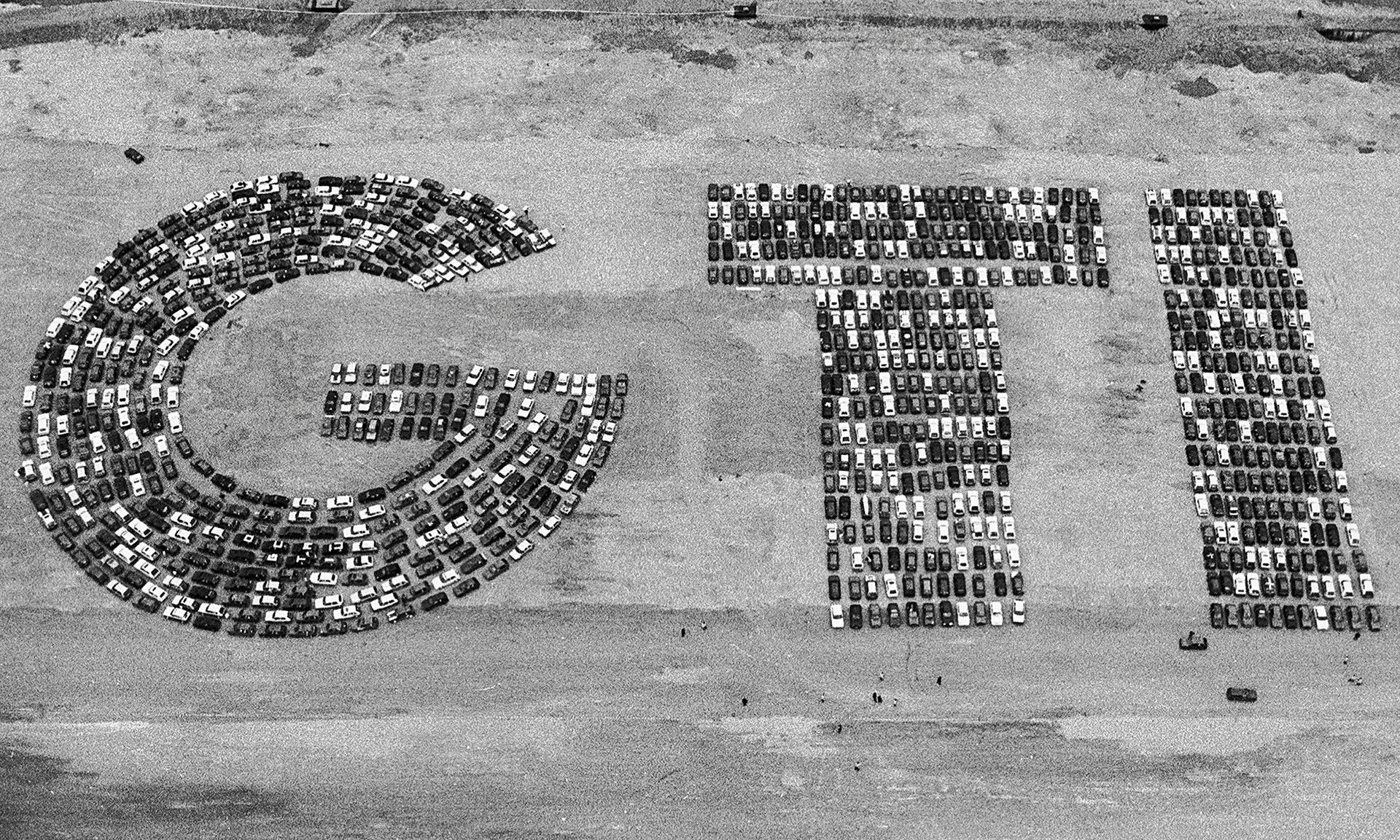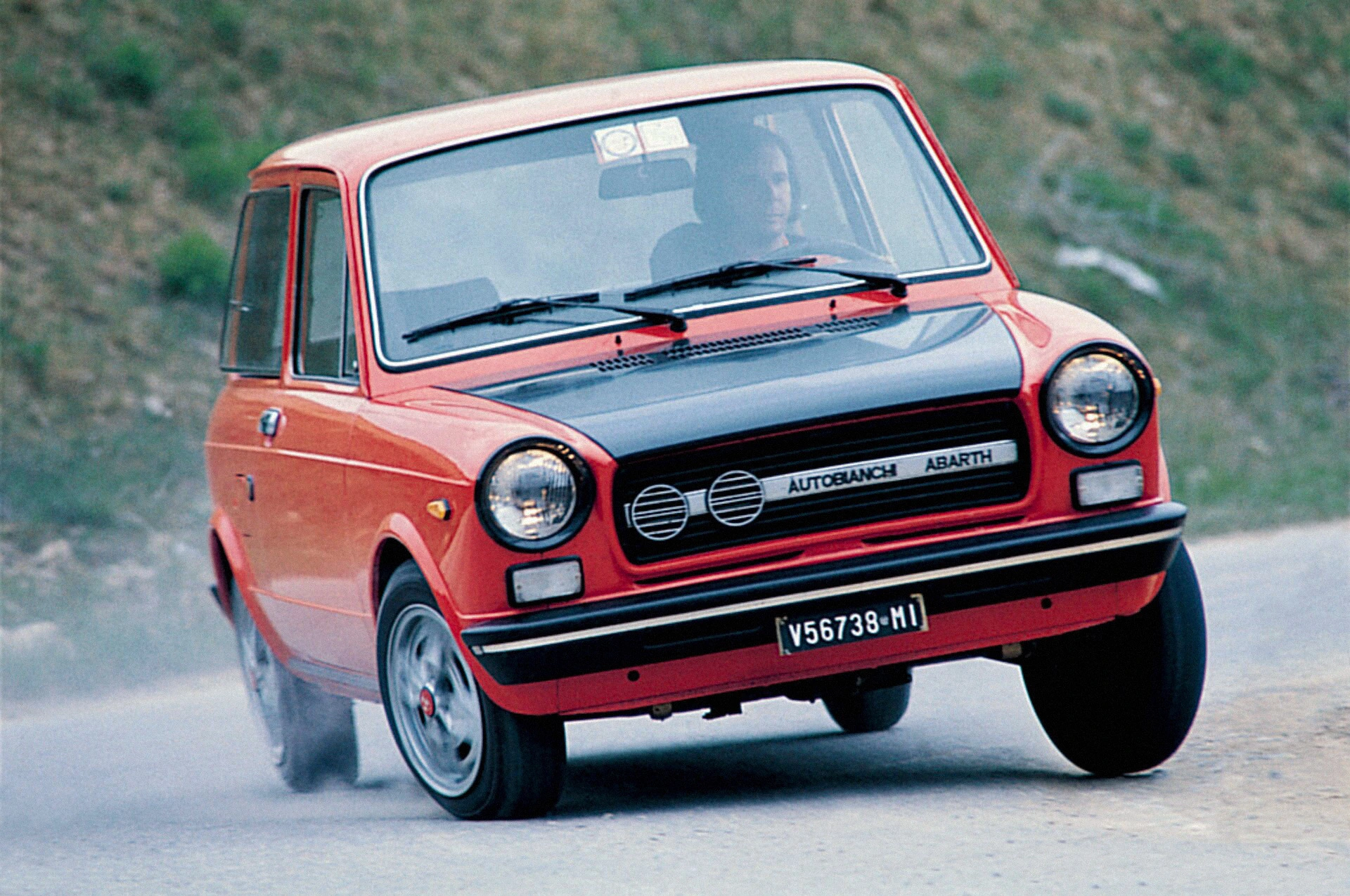Noble Sisters: Volkswagen Golf
09 November 2024 7 min read 5 images

Photo credit: Volkswagen
In 2024, the Golf—the best-selling Volkswagen of all time with over 37 million units across its eight generations—celebrates 50 years since the first model was produced in Wolfsburg on March 29, 1974. Initially envisioned to replace the iconic Beetle, the Golf began its conceptual journey in the late 1960s with a prototype, the EA266. Created by a team of Porsche engineers under Ferdinand Piech, this prototype featured a 1.6-liter, water-cooled, four-cylinder engine positioned under the rear seat.
Register to unlock this article
Signing up is free and gives you access to hundreds of articles and additional benefits. See what’s included in your free membership. See what's included in your free membership.
Already have an account? Log In


